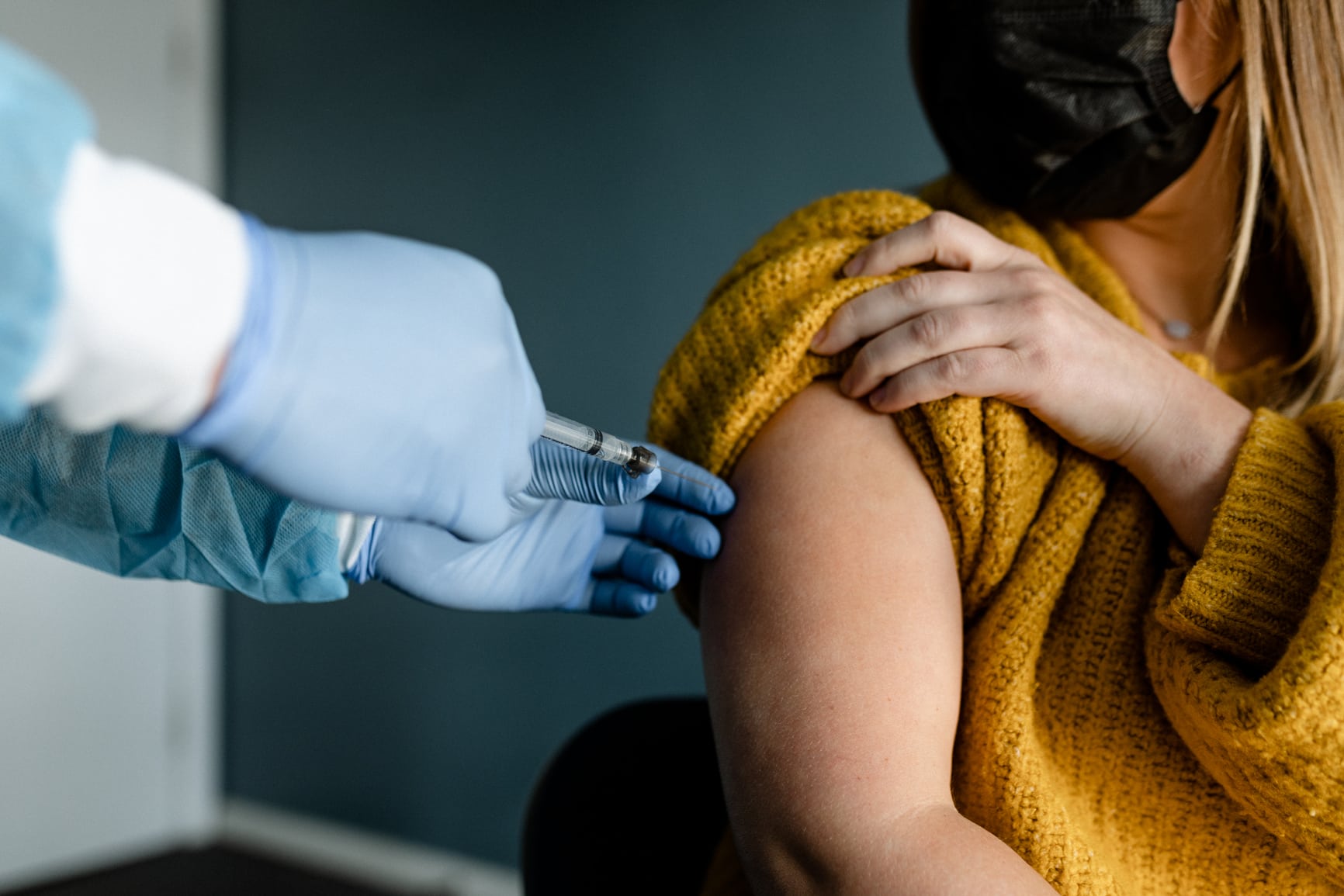Since the 15th century, immunization practices have helped wipe out or significantly reduce the burden of devastating infectious diseases, such as smallpox and polio. According to the World Health Organization, vaccines have saved more lives than any other medical intervention in human history. Today, conducting randomized clinical trials is a well-established gold-standard method for ethically determining vaccine safety and efficacy in humans.
Introduction
Clinical trials were reintroduced to the forefront of the world’s attention in 2020 with the onset of the COVID-19 pandemic. Over the short span of two years, scientists and biopharma companies around the globe raced to research existing and novel treatments against the SARS-CoV-2 virus. Clinical trials were rapidly conducted during this period to culminate in the first COVID-19 vaccine officially approved by the Food and Drug Administration (FDA) on August 23, 2021. Although the clinical development process for vaccines is similar to that of drug treatment trials, there are a few key differences worth exploring.
1. Vaccines versus Drugs: What Are They?
Drug therapies often serve to treat existing symptoms so that patients can recover more quickly from their illness. In contrast, vaccines contain weak or inactive parts of a pathogen to promote antibody production and prophylactically prepare an individual’s immune system against future exposures to the virus. Unlike conventional drugs, which are chemically synthesized, vaccines are a type of biological product because they are first isolated from living organisms, such as humans, animals, or microorganisms.
2. Clinical Development Phases
The developmental pipeline of both these therapies contains the most similarities. Like all potential medical therapies, vaccines and drug treatments must first undergo rigorous preclinical animal testing for toxicity before human testing can begin. If the safety results are promising, both types of interventions can proceed through the four phases of clinical testing in human subjects.
In the cases of vaccines and drugs, Phase I trials include small numbers of healthy volunteers to determine safe dosing ranges and identify side effects. Similarly, phase II and phase III trials contain a greater number of subjects and can sometimes involve comparison with commonly used existing treatments. Lastly, phase IV trials serve to monitor the use of vaccines and drugs post-approval in the general population for ongoing safety and administration information. Although specific timelines, eligibility criteria, and endpoints may differ based on the drug’s mechanism of action or indication, both vaccine and drug studies follow this general developmental pipeline.
3. Target Patient Population
Although some do act as preventative medicine, like the use of statins to protect against ischemic stroke, drug treatments are typically not considered until a patient is diagnosed or exhibiting clinically significant symptoms. In contrast, traditional vaccines are often administered before the disease is contracted to any individual who is at risk of exposure, as with the global rollout of COVID-19 vaccination or age-specific immunization recommendations. However, it’s important to note that vaccine trials have been under investigation over the last few years in oncology. To date, cancer clinical immunization studies have been conducted on patients with melanoma, lymphoma, and breast cancer, among others.
4. Early-Phase Site Selection
Phase I trials are considered the most intensive stage of the developmental pipeline because it requires significant staffing and resources from both the sponsor’s and the site’s clinical teams. However, selection requirements for potential sites differ for vaccine clinical studies compared to drug trials. One key difference at this phase is that vaccine trials tend to run for 6-12 months, whereas phase I drug studies last 1-3 months. As a result, the chosen site must demonstrate a strong capacity to keep track of subjects to ensure high-quality data collection.
Unlike phase I drug trials, those for vaccines rarely require volunteers to stay overnight for monitoring; therefore, smaller sites without such facilities can still be considered for selection. Although, vaccines have more complicated preparation processes compared to conventional drugs, which necessitates highly trained pharmacists, as well as specialized equipment, to be accessible to the research site.
Conclusion
Despite core similarities in their developmental pipeline, vaccine trials contain many specific differences from traditional drug trials, from target populations to site requirements. No matter the intervention or indication, the Vial CRO provides biopharma/biotech companies with the latest innovative technology platforms to streamline their processes.
Furthermore, the Vial Preferred Site Network ensures that your team will be connected with the most highly sought-after sites to strengthen the quality of your study. Visit our website here to discover how we are reimagining the clinical trial experience for sponsors and patients alike.



